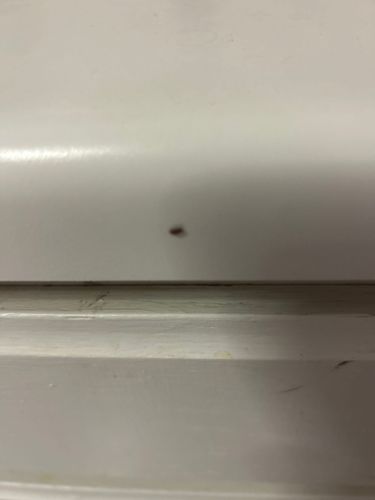Bed Bug
Scientific Name: Cimex lectularius
Order & Family: Hemiptera (Order), Cimicidae (Family)
Size: Adult bed bugs are typically 4-5 mm (0.16-0.20 inches) long, similar in size to an apple seed. Nymphs are smaller and translucent.

Natural Habitat
Bed bugs commonly infest human dwellings, especially bedrooms, and hide in mattresses, bed frames, furniture, cracks in walls, and other dark, secluded areas close to their human hosts.
Diet & Feeding
Bed bugs feed exclusively on the blood of warm-blooded animals, primarily humans.
Behavior Patterns
Bed bugs are nocturnal and feed on blood during the night. They are highly adept at hiding in cracks and crevices during the day, making them difficult to detect. They are also known for their ability to survive long periods without feeding.
Risks & Benefits
Risks include itchy bites, allergic reactions, secondary infections from scratching, and significant psychological distress from infestations. They are not known to transmit diseases to humans. There are no known direct benefits to humans or the ecosystem, as they are primarily considered pests.
Identified on: 8/19/2025